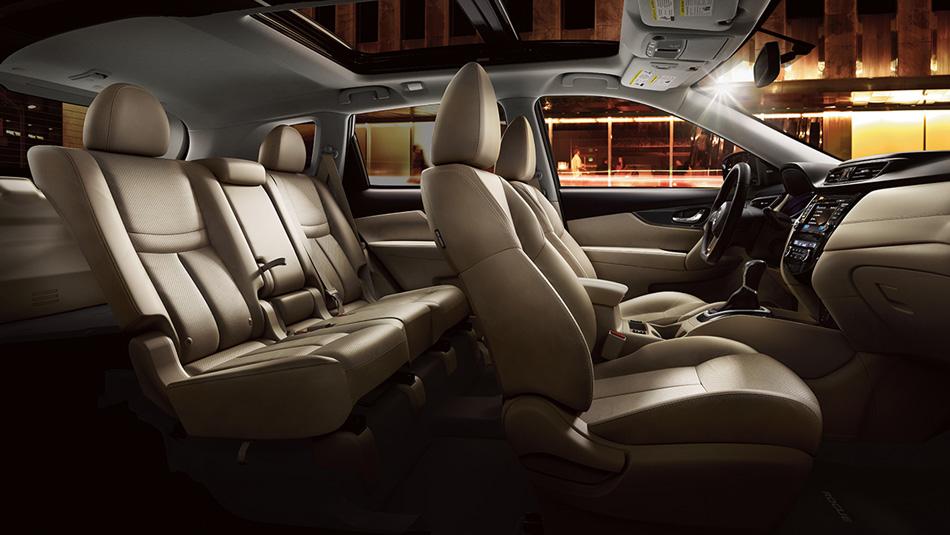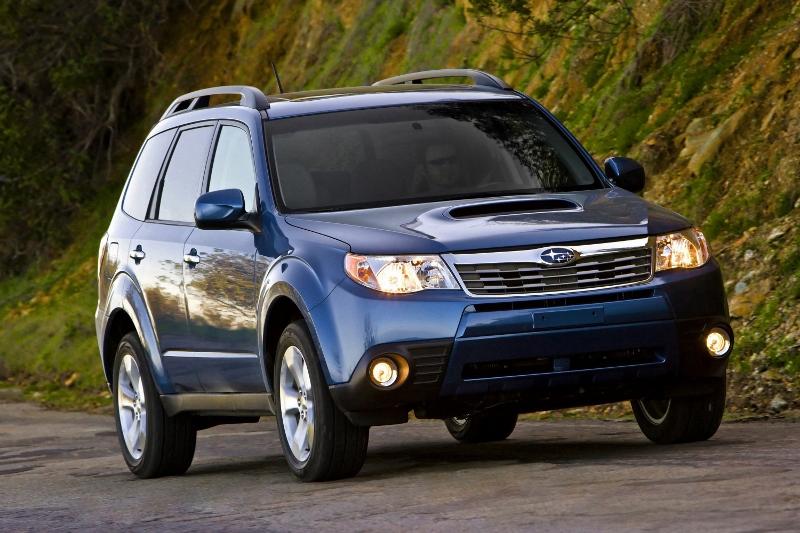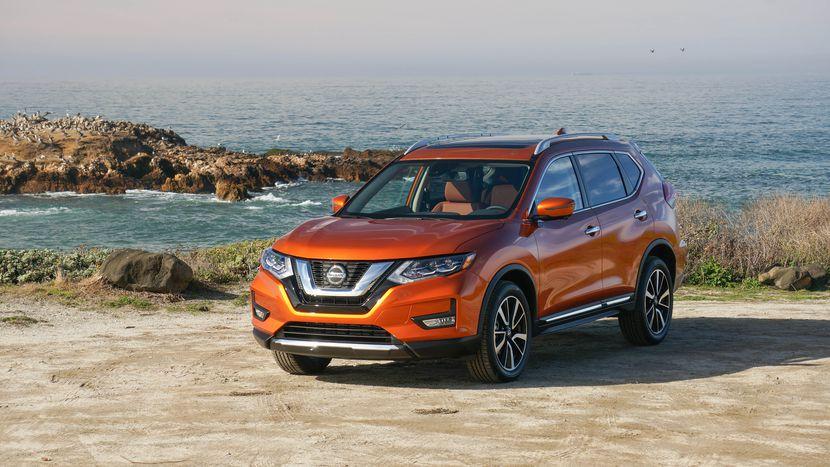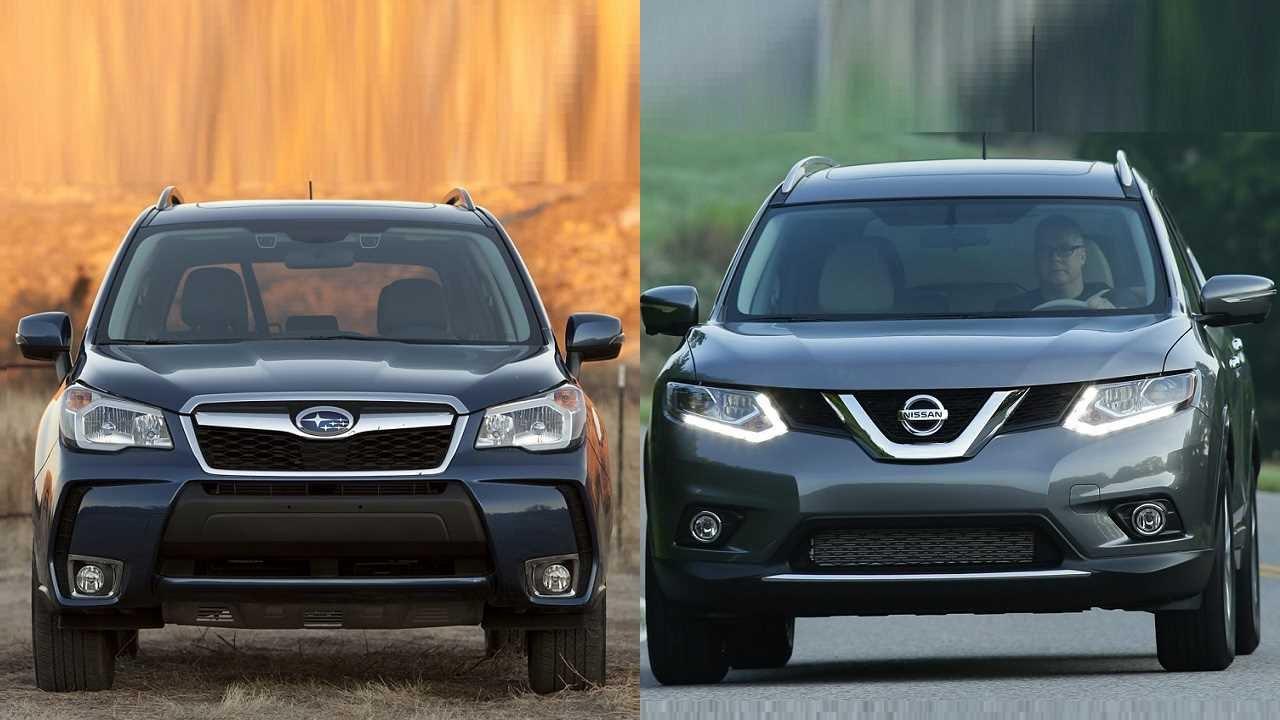When you are looking for an SUV, you are definitely to stumble upon tons of comparisons between Nissan Rogue vs Subaru Forester. Why? It’s because these are two of the most popular choices in the category of crossover SUVs. Whether you want one for personal use or a means of family transportation, they will offer a good value for money. But, which one is better?
Contents
Nissan Rogue vs Subaru Forester: Finding a Better SUV
None of the cars have any over-the-top attributes but their standard safety features, generous passenger and cargo space, and all-round versatility have made them a good value for money and safe choices as a family car. But, comparing the Nissan Rogue vs Subaru Forester is likely to provide in-depth details, allowing you to make a better decision.
1. Comfort features
The Forester has a spacious interior complete with adequate elbow room, a high driving position, and a low window line. The ample headroom for the passenger seats is another plus point along with the one-touch folding of the rear seats. All the models except for the base one provide a 60/40 split of the rear row.

Features integrated into the Subaru Forester include Bluetooth phones, smartphone-like control mechanisms, and a voice interactive system that allows the driver to adjust digital content playback, navigation, and even navigation. Air conditioning. The vehicle will also have two built-in USB ports by default. Some other changes include new materials and different control structures. Subaru’s new Forester’s cockpit is now quiet thanks to the advancement of better soundproofing materials.
The Rogue is a bit ahead in this sector with its roomy interior for five people. The front seats are multi-adjustable and there is enough legroom for the second-row passengers. The rear row is also up for a 40/20/40 split. The interior features of the base models feel a bit cheap but other trim versions have standard comfort features. In addition, the car is also equipped with other equipment such as an electric panoramic sunroof, a Nissan Connect system with a navigation system, a surrounding monitoring system with moving object detection, and a warning system. blind spot warning system, lane warning system, and forward collision warning system.
2. Engine performance
The Forester is the winner in this comparison between Subaru Forester vs Nissan Rogue. It has two engine variations – a 2.5L flat-4 and a more powerful 2.0L turbo-4. They run on a CVT but the base models are available with a manual gearbox version too. The all-wheel drive is great for driving in any weather conditions. Also, you can cruise through the tricky roads too because the handling of Forester is good for a crossover.

All the Rogue’s trims except for the hybrid version run on a 2.5L inline 4-cylinder engine. The CVT transmission supports the drivetrain well whether you choose a front-wheel or four-wheel drive. The handling is safe and the ride quality is good but the performance could deteriorate a bit when the car has a full load of passengers. The hybrid model runs on a gasoline-electric powertrain that can generate 176 horsepower. In particular, the front-wheel drive version of the Nissan Rogue is only more fuel efficient with a performance of 7.13 liters/100 km on the highway. This is an estimated number from Nissan, not the official fuel consumption level announced by the US Environmental Protection Agency (EPA).
The Rogue does not have fixed-ratio points and paddle shifters, unlike the Forester. These things help the Subaru model to provide more predictable responses.
See more
3. Cargo space
The Rogue is a clear winner in this segment of Nissan Rogue vs Subaru Forester. It has a 39.3 cubic-feet cargo space that extends to a whopping 70 cubic feet with the second row down. You can also pull up the cargo floor panel to stash a few storage bins.
The Forster offers 34.4 cubic feet of space and it stretches to 74.7 after folding down the second-row seats.
4. Fuel economy
The Rogue is one of the most fuel-efficient compact crossovers and it edges the Forester by a slight margin. The front-wheel-drive edition is rated at 26/33/29 mpg in city/highway/combined. The all-wheel drive is a bit underperforming with 25/32/27 mpg in city/highway/combined. The model is the best of the lot, offering 33/35/34 mpg with front-drive and 31/34/33 mpg with all-wheel drive.

The base model of the Forester is the most fuel-efficient. You will get 26/32/28 mpg from it. With a 6-speed manual gearbox, the figures will reduce to 22/28/24 mpg. The faster model with the turbocharged engine offers the worst – 23/27/25 mpg.
Watch more:
The Verdict
The comparison between Nissan Rogue vs Subaru Forester suggests that both cars have almost the same features and specs. However, the Forester will be a better choice if you want a good-looking, fun-to-ride car. On the other hand, a higher trim of the Rogue can outperform it with better fuel economy and great exploitation of interior space.



